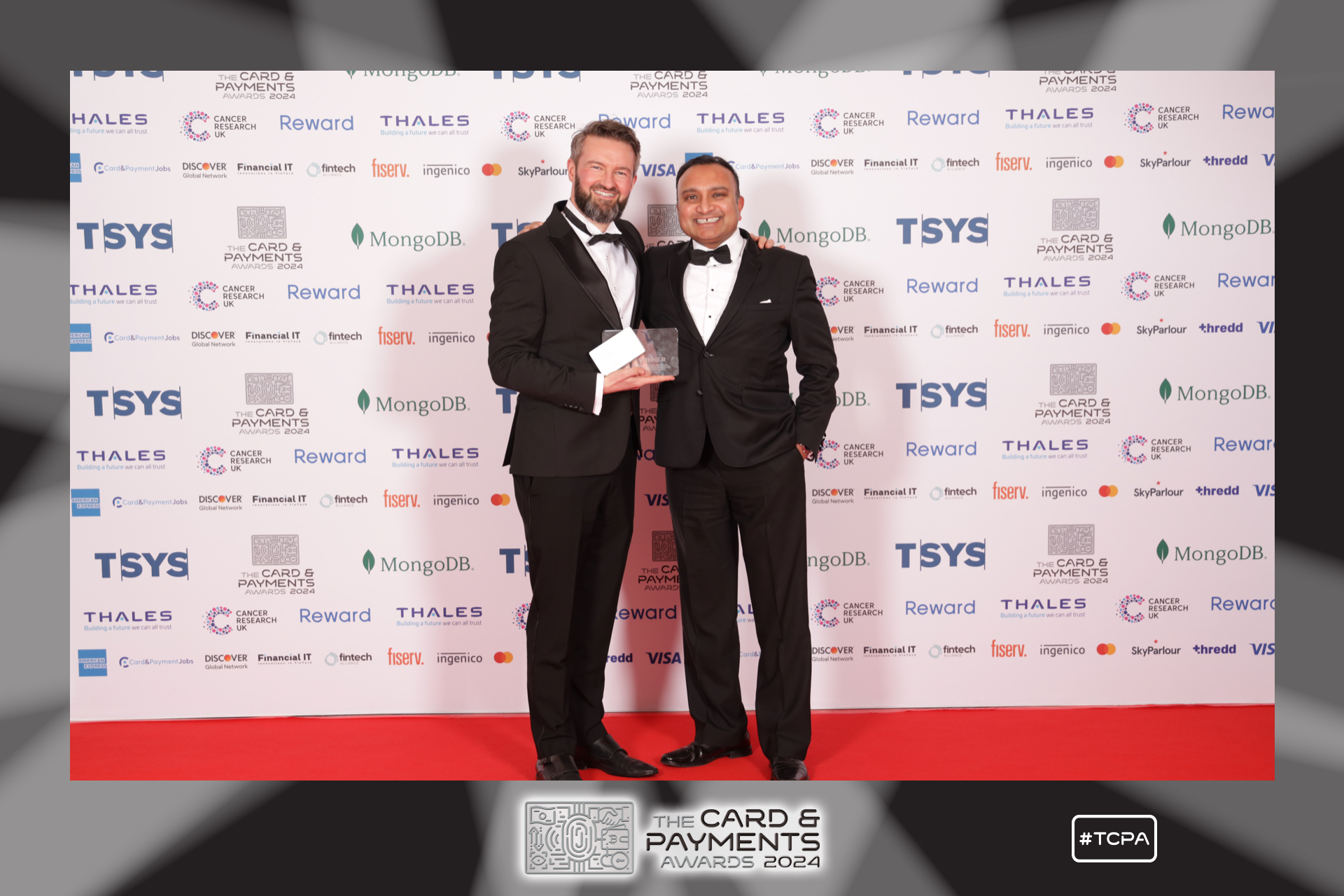Nuapay (EML Payments Limited’s (ASX: EML) Open Banking business), has released new data revealing that 1 in 4 (25%) merchants predict open banking will become the most popular payment method amongst customers in the next 5 years.
The survey of payments decision makers highlights the growing confidence in open banking as a payment method and marks a significant step forward towards general adoption of the technology.
When quizzed about which payment method would present the most opportunities for their organisation over the next 3 years, respondents said open banking was the top choice (36%), followed by digital wallets (35%) and Buy Now Pay Later (BNPL) (26%).
Additional findings
When asked which payment methods had seen an increase in uptake over the last 2 years;
• 39% said digital wallets.
• 35% called out open banking payments.
• 28% named BNPL.
• 28% responded with credit or debit cards.
• 25% mentioned subscriptions or direct debits.
• 24% noted cryptocurrency.
”The survey results are encouraging, demonstrating a step change in merchant awareness and appreciation of open banking payments. The increase in uptake observed by respondents and predictions for the technology to become the most popular payment method in the next 5 years point to a growing understanding of the value of open banking,” commented Brian Hanrahan, CEO, EML’s Nuapay Business Division.
43% of respondents said they have yet to realise the full benefits of open banking within their organisation, with 26% saying that although they had realised benefits, there were still opportunities to explore. Almost 1 in 5 (19%) said they had only achieved a small percentage of what is possible.
Respondents thought that the most significant benefits of open banking for organisations were more straightforward reconciliation (33%), improved payer user experience (31%), consolidated reporting (31%) and improved access to loans (30%). For consumers, greater control (41%) was the number one benefit, followed by improved customer experience/convenience (37%) and the reduction in fraud risk (34%).
When questioned about how their customers respond to new payments technology, respondents were almost evenly split, with 49% believing there was interest from the start and 48% adding that their customers were distrustful at first, requiring extensive education before beginning to use new methods. Gaming and gambling companies had the most distrustful customers (63%), with the reverse true for healthcare and retail, catering and leisure companies, of which 52% said that there was heightened interest from the beginning.
”With the technology’s popularity rising quickly amongst consumers, it’s clear open banking is now an essential option at the checkout. It’s exciting that merchants feel their customers are open to new payment methods. As momentum grows, leading payments providers have the chance to help their clients make the most of the opportunities that the technology offers,” added Brian Hanrahan.
For more on EML visit the website here or check out other recent media in the Newsroom here
For more on Nuapay visit the website here
Research Methodology
The survey was conducted by Censuswide amongst a sample of 750 payments decision-makers (aged 18+) with the job titles of CFO, Financial Director, Head of Payments, Head of Product, Head of Innovation, Head of Customer Experience, Marketing Director, Head of Marketing, with an equal split in the following industries: Financial Services, Gaming and Gambling, Travel and Airlines, Education, Utilities, Healthcare, Retail, Catering and Leisure, Telecoms, Software/Marketplace Provider. The survey was conducted from a random sample of adults in the U.K. Fieldwork was carried out between May 11th to 20th, 2022. Censuswide abides by and employs members of the Market Research Society, based on the ICC/ESOMAR international code on market, opinion, social research and data analytics.


